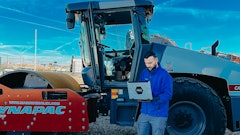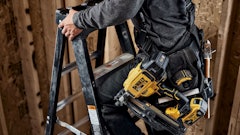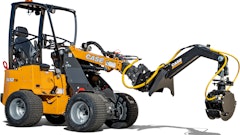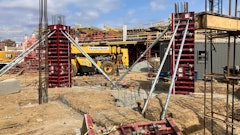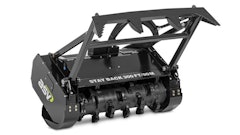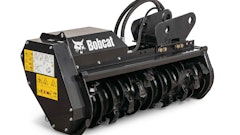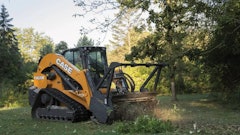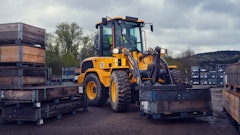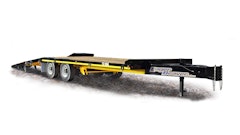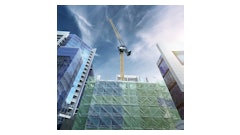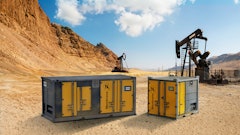
The construction industry is certainly no stranger to battery power. Battery-powered hand tools, lighting, screeds, aerial lifts and other lighter-duty tools and equipment have been used on jobsites for years. Yet, they often had limitations when it came to performance, battery life and/or charging times. They were typically viewed as options for intermittent rather than continuous use.
Things are changing dramatically as advances in both equipment design and battery technology enable enhanced capabilities and more efficient power generation and utilization. The aforementioned tools, along with a growing number of larger, more advanced machine types, are now able to deliver comparable performance to those powered via the electric grid or by gas or diesel engines. Faster charging capabilities are also making battery power a more realistic option for continuous-duty application.
Construction equipment manufacturers have wasted no time in taking advantage of the latest battery technology, with some offering sizable portfolios of battery-powered tools and lighter-duty equipment, and others providing modest, but growing, lineups of production model earthmovers. Still more are preparing to jump on the battery bandwagon, as evidenced by the array of prototype or concept machines at CONEXPO-CON/AGG 2020 and, more recently, The Utility Expo in late September.
The automotive sector is fully entrenched, as well, with a number of pickup suppliers announcing the coming of electric models utilizing advanced, often proprietary battery technologies they say will deliver true work truck range and performance. (Read about the latest variant, the ATLIS XT Electric.)
So, what does all this mean for the construction industry? Will we see electric tools, earthmovers and trucks populating all of our jobsites in the near future?
The prospect is intriguing given the benefits battery power can provide including:
- Zero emissions
- Low noise
- No fuel costs
- Ability to work indoors and in remote areas where fueling is a challenge
- Reduced maintenance compared to engine-powered models
But there are practical considerations that must be addressed before such a vision is realized. Though the latest battery technology enables greater run times — often the equivalent of an average work day — few construction tasks fall within the realm of “average.” Run times will vary depending on how hard a tool or machine is working. And while fast charging options are being offered to top off batteries and extend the working range of select battery-powered models, they are dependent on availability of an external power source or nearby electrical infrastructure.
There is also the cost part of the equation. There is currently a premium with battery power due to the added cost of components. That cost will likely go down as the technology becomes more commonplace. But it won’t happen overnight, and certainly not until ongoing supply chain disruptions are abated.
Finally, there must be a will or the need to change. Or as so often occurs, legislation that propels the industry in a new direction.







